There are Horse Girls & Then There are Horse Album Covers
Breaking down the recent influx of horse adorned album art
According to the Chinese Zodiac, the year of the horse isn’t until 2026, yet, the symbolically fierce animal has recently been making a renaissance in music, specifically on album covers. The horse has never been a stranger to music as named in Patti Smith’s 1975 album Horses, The Rolling Stones’ “Wild Horses”, and Maggie Roger’s single “Horses” off of her sophomore album Surrender. Prince dawned a white horse dressed as a pegasus on the back of his 1979 eponymous album and Carole King rides one on Thoroughbred. And let’s not forget Megan Thee Stallion whose only horse cover is a weirdly peaceful drawing of the animal in the desert for “Savage Remix” ft. Beyonce.
Animals in general have long been the subjects of both songs and album covers. Listen to singles like “I Wanna Be Your Dog” and “Eye of the Tiger”, and look at covers like Fleetwood Mac’s Tusk, Kate Bush’s Hounds of Love, Blur’s Parklife and Carole King’s Tapestry. And our love for animals hasn’t stopped in the modern age, see Alex G’s God Save The Animals, Fontaines D.C.’s Skinty Fia and Clairo’s Sling, where birds, a deer and the gentle arm of a puppy make center stage.

The first horses were domesticated about 5000 years ago, after dogs and cattle, and are to be thanked for modernizing civilization. From farming, to travel, to war, they’ve aided humans with their strength and endurance. But before they were tamed, they were a respected symbol in art and mythology. As stated in Smithsonian Magazine, horses were “the top animal depicted in Stone Age, Western European cave art.” And according to the lunar calendar the horse “symbolizes power, strength, and vigor.”
The most prominent horse cover of 2022 was Beyoncé’s Renaissance. In Newsweek, fans speculated that the imagery behind the cover alludes to the Four Horsemen of the Apocalypse, noting the use of the animal four times throughout the singer’s past visuals. Putting the conspiracies aside and simply looking at the cover at face value, we see an almost nude Beyoncé posed atop a sparkling electric horse. The singer and the animal appear as one unified powerful symbol, the silver jewels accentuating Beyoncé’s curves, emanating from the lights glimmering from the horse.

The image is being compared to a photo of Bianca Jagger riding a horse through Studio 54, cementing the album’s dance roots. The horse and disco imagery continue throughout the rest of the Renaissance vinyl artwork. On the back cover, you can see the shimmering specs that make up the animal. In another instance, we see the singer standing in front of the horse, wrists crossed over her head, fingers splayed out to create the allusion of a crown over her head. And in one photo, we see Beyoncé casually sitting atop a bar, with what appears to be a real-life horse poking its head into the frame from the right.
The album cover is by far the most striking image of the entire campaign and harkens back to the historical symbolism of the horse: power. There is a balance of power between the animal and Beyoncé. While the singer might be sitting atop the horse, she’s not dominating it, but collaborating with it.
Similarly on the cover of Orville Peck’s Bronco, released four months before Renaissance, we see a stoic human and horse combination. Standing on its back two legs, the horses’ power and elegance enhances Orville in the foreground. Peck, whose debut album was titled Pony (clearly sensing a theme here), is following in the footsteps of many a country singer with a horse on their album cover, see Shania Twain’s recently announced album, Queen of Me. When paired in the country music setting, the horse brings up notions of Westerns and the American outlaw, a dangerous, yet still powerful aura.
Peck, an outwardly gay man , is crafting a heavily masculine image with the cover for Bronco, challenging any misconceptions of what a queer person in the country music scene should look like. Along with his notable mask wearing, this album cover further proves the control over his identity is palpable.
After the release of their 2021 album Seek Shelter, Danish punk rock band Iceage shared an Instagram carousel of alternative animals that almost made the cover of their album. From the closeup crops, it appears they were deciding between the popular choices of various horses, dogs and a single cat. While the horse, just like the dog, is one of man’s best friends, when juxtaposed together, they hold a different weight. The eyes of the horse hold a certain gravity that the eyes of the dogs and cat seem to lack. The power of the horse is unmistakable while the other animals, cute as they are, are still seen in a domesticated flippant light. The horse defies being just an accessory to the human. Just like how they helped humans modernize civilization, they elevate us to a higher power.

Scroll for more album covers paying tribute to the horse.
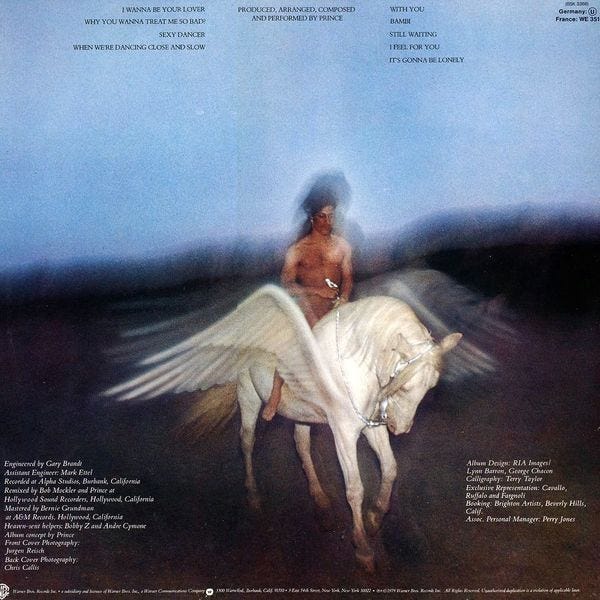


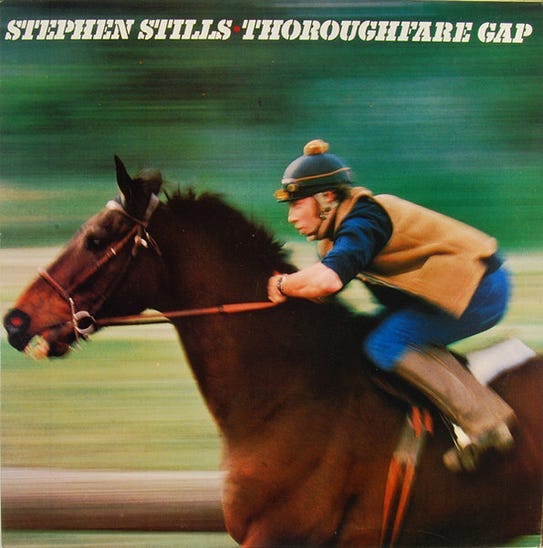
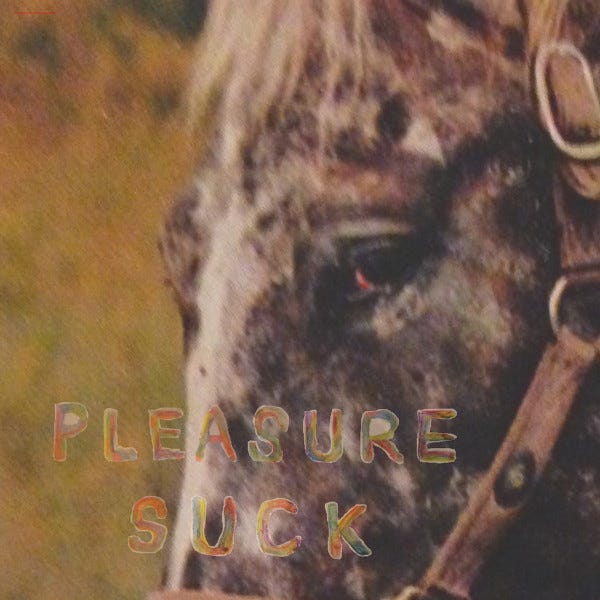
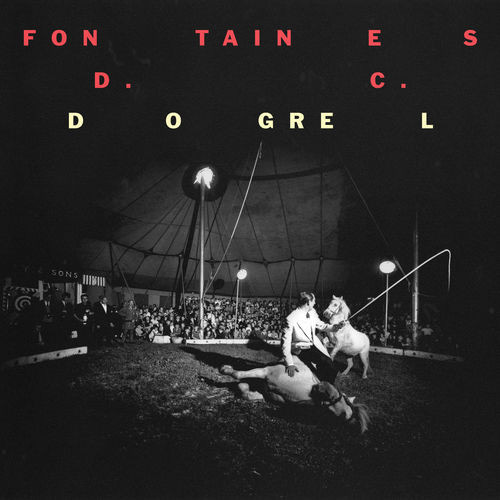
The Art of Cover Art is a free, educational, and inspirational resource. If you have $5/ month to spare it would be really helpful in furthering my research. Or, if you think a friend might enjoy this newsletter, the best way to pay it forward is by sharing!




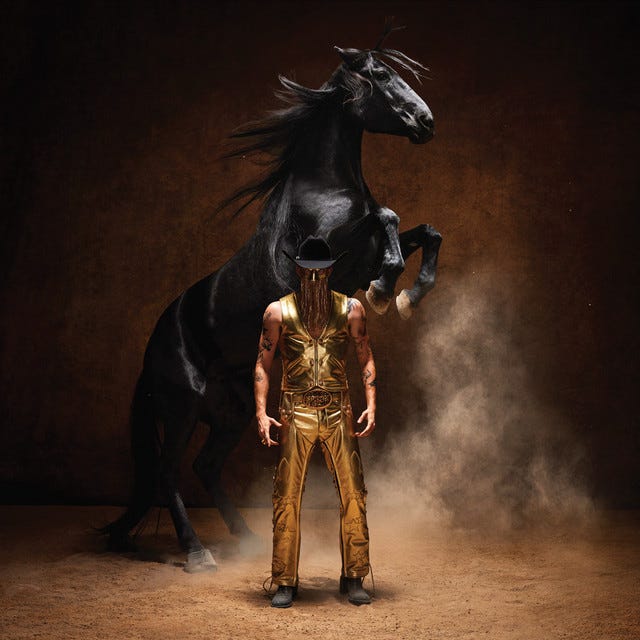




Another one! Bonny Light Horseman: https://bonnylighthorseman.bandcamp.com/album/bonny-light-horseman
As a horse rider I find that thoroughbred gap is really good as the album tells you a horse breed